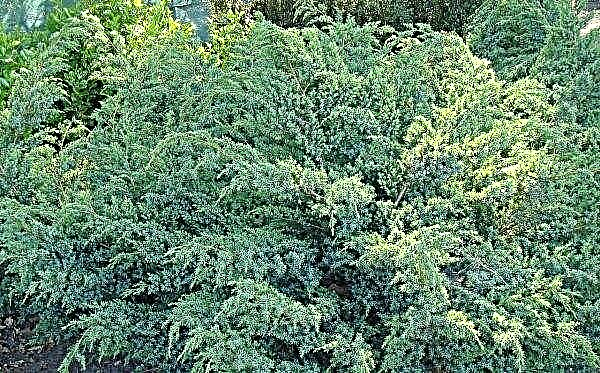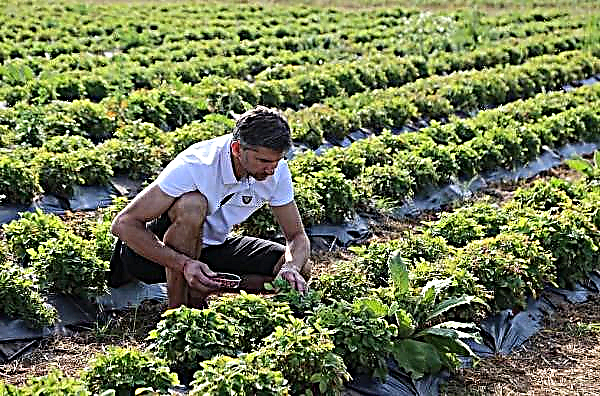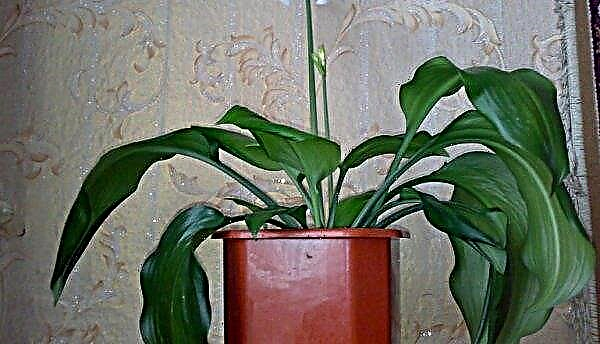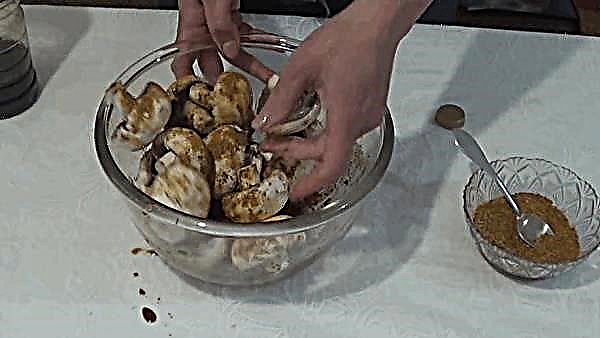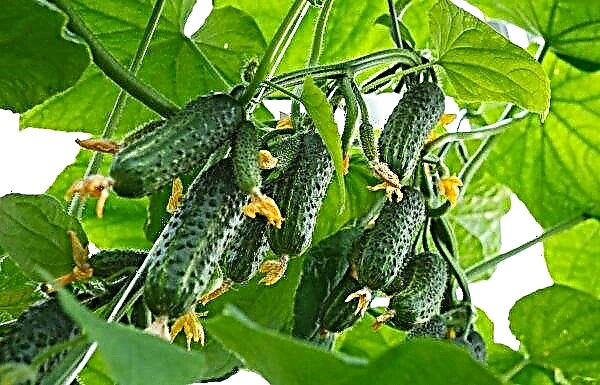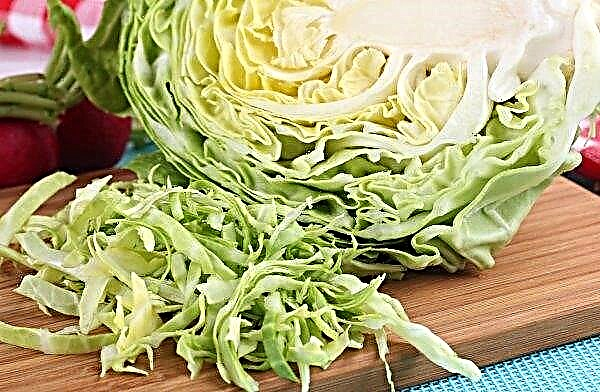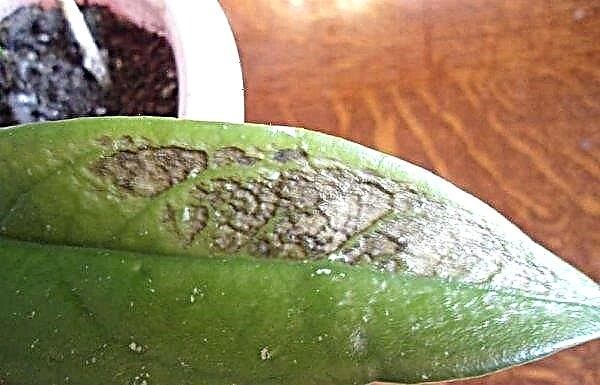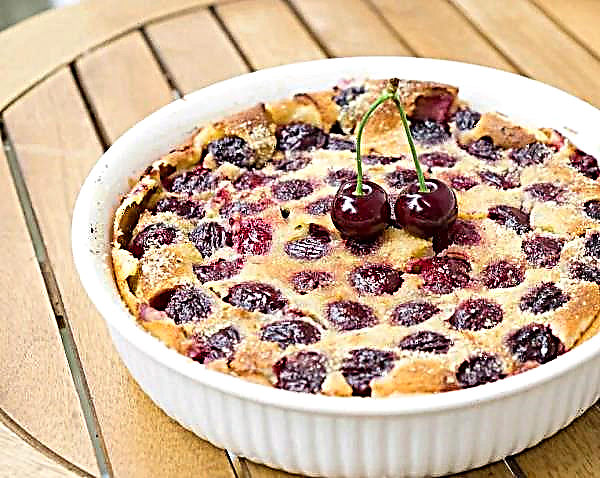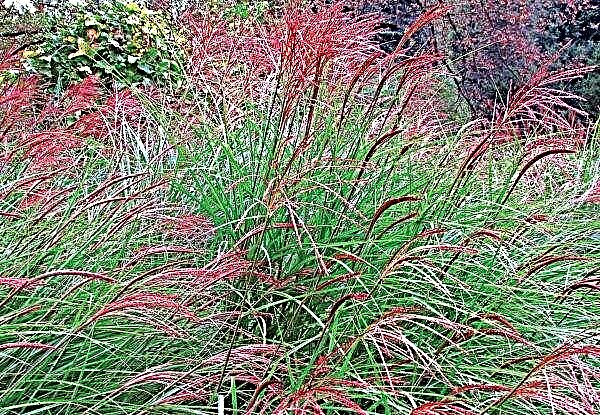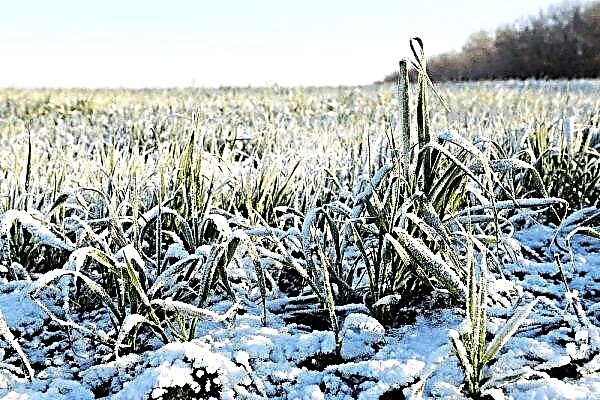Many gardeners know the acidity of the soil in their beds. Below are ways to lower it.
What affects the level of soil acidity in the garden
The normal growth of most plants requires a certain level of soil acidity. It is determined by the pH level. On this basis, the soil can be divided into 3 groups:
- slightly acidic, at which the pH starts at a level of 7 units or higher;
- neutral, equal to 7;
- acidic, the value is below 7 units, and very acidic soils have this indicator even lower, for example, 4.

Since most plants require a certain level of acidity for good development, they must be identified in their garden. Many horticultural crops prefer neutral or slightly acidic soil.. Small leaves, not characteristic color, medium-sized fruits - all this indicates that the pH level is not suitable for this plant.
You can determine the indicator by such a method as observing wild plants in your garden, because they have their own preferences. On the soil with high acidity actively grow: different types of mosses, plantain, sorrel, buttercup. The abundant growth of wheatgrass, burdock, and nettle indicates a neutral or slightly acidic soil reaction.
Did you know? Almost all antibiotics that help in the fight against diseases come from the soil. These organisms gave the world such essential medicines as streptomycin and cyclosporine..
In the same way, acidity affects cultural species.. Slightly acidic soils are preferred by cucumbers, potatoes, Jerusalem artichoke, radishes, eggplant, and of the flowers - rose, chrysanthemum, peony, poppy. Neutral pH values are suitable for beets, cabbage, onions. As for acidic soils, they like carrots, tomatoes, pumpkins.
Elevated levels of this indicator lead to a slowdown in root growth, their branching. Plants grown under such conditions are often susceptible to various diseases and pests. Harvested crops are worse stored.

Lowering Methods
After determining this indicator, it is necessary to take measures to lower it, provided that it does not suit.To do this, you can make the following types of drugs:
- Slaked lime. To begin with, it is quenched with water. The doses are impressive: at least 50 kg of lime are taken per hundred acres of very acidic soil, medium acidic - from 40 kg, slightly acidic - from 20 kg.
- Dolomite flour. This material, in addition to deoxidation, has other useful properties, for example, enriches the earth with nutrients. Application rates depend on the degree of acidification: from 350 to 600 g per 1 m² of territory.
- Special deoxidizing agents. These include: chalk, ash and peat ash. Norms also depend on the level of the indicator. Chalks contribute from 100 to 300 g per 1 m², ash is enough 1 cup per 1 m², but peat ash is needed 2-3 times more than usual, in order to feel a significant effect.
- Complex preparations. Sold in specialized stores and used according to the instructions. They are more effective because they contain many nutrients for the soil.
Video: Plants indicators of soil acidity
Use of siderates
Some gardeners prefer to use sideral crops to lower acidity. Sow them in the fall. These plants have very long roots, with which they perfectly loosen the earth and raise nutrients from depth to surface. At the same time, siderates form biomass that can replace manure.
The most famous plants with deoxidizing properties are:
- oats;
- rye;
- legumes;
- alfalfa;
- mustard;
- phacelia.
The constant use of these plants helps to avoid the use of special preparations for these purposes. In this case, the soil becomes more fertile and loose.
Did you know? In the middle temperate latitudes, a fertile soil layer up to 2 cm thick is formed in about a hundred years.
Timing and frequency of application of preparations for deoxidation of soil
If the indicator is too high, then liming should be done gradually, since the process of changing acidity is long. The most suitable seasons are autumn, winter and spring. If slaked lime is used, then you can expect the effect in a few months. When making chalk, the result will be no earlier than six months later.
Farmers apply lime fertilizers about once every 5 years. Grinding is also extremely important: the finer it is, the more effective it is. Preparations such as ash and dolomite flour are added together with manure, with the first deoxidizing agents being distributed, and then the manure. After the procedure, it is advisable to dig the ground.

As you can see, it is very easy to independently determine the level of soil acidity, and if necessary, adjust it. At the same time, plants will grow and develop well, and vegetables, fruits and berries will give an excellent harvest.

